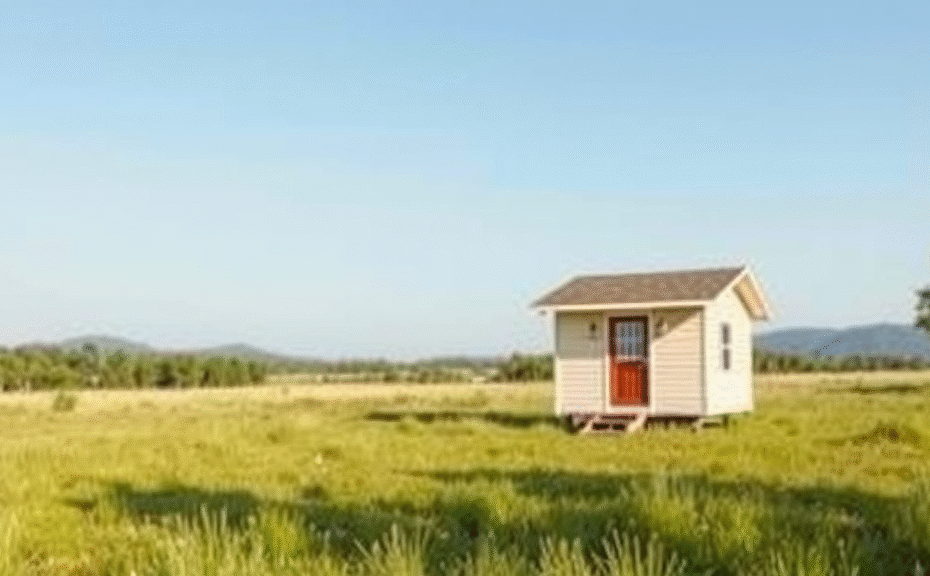Exploring the Options: Purchasing vs Leasing an Empty Lot for a Tiny Home
Many individuals interested in settling tiny homes face the critical decision of whether to purchase or lease an empty lot. Understanding the benefits and limitations of each option is essential when planning to place a tiny home on vacant land.
Purchasing an Empty Lot for a Tiny Home
Buying an empty lot offers long-term security and full control over the property. When you purchase land, you can customize the site, build utilities, and establish permanent foundations suited for your tiny home. Ownership eliminates concerns about lease renewals or landlord restrictions, making it an ideal choice for those seeking stability. However, buying land can require a significant upfront investment and may involve zoning regulations that impact tiny home placement.
Leasing an Empty Lot for a Tiny Home
Leasing land for a tiny home provides flexibility with lower initial costs. This option is suitable for individuals wanting to test tiny home living without committing to ownership. Leasing can be more accessible in urban or high-demand areas, where land prices are steep. Nonetheless, leasing often comes with conditions such as lease terms, restrictions on modifications, and potential rent increases, all of which must be carefully reviewed.
Key Factors to Consider When Choosing Empty Lot Options
- Zoning and Land Use Regulations: Verify if tiny homes are permitted in the area.
- Access to Utilities: Ensure availability of water, electricity, and sewage connections.
- Financial Implications: Compare costs between purchasing and leasing, including taxes and fees.
- Duration of Stay: Decide if the tiny home is a temporary or permanent dwelling.
- Legal Restrictions: Review lease agreements or deed restrictions carefully.
Ultimately, whether you can purchase or lease an empty lot for a tiny home depends on your budget, plans, and local regulations. Both options offer unique advantages that can accommodate diverse lifestyles within the tiny home community.
